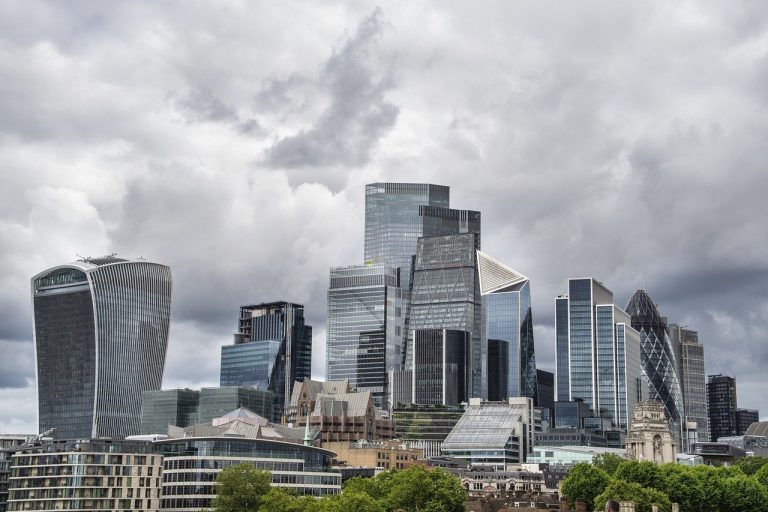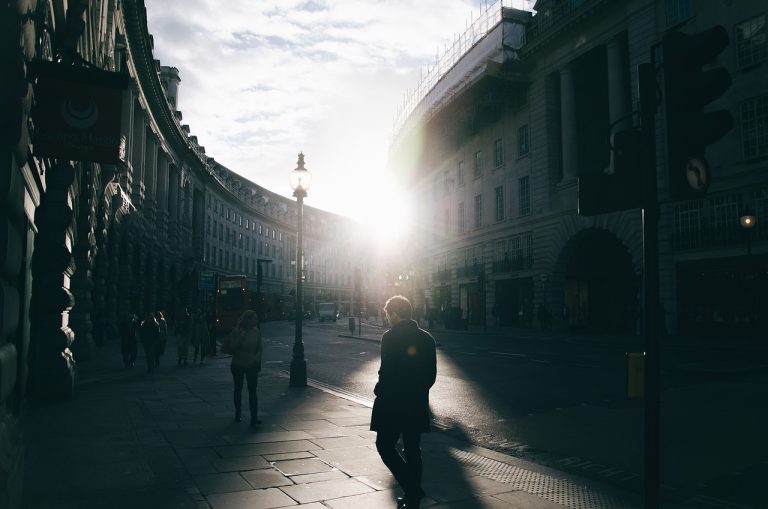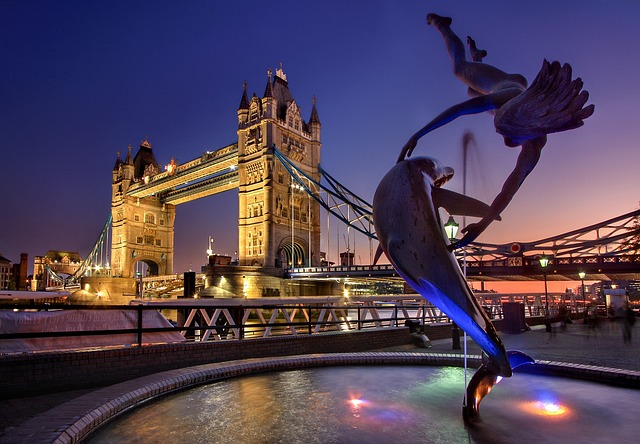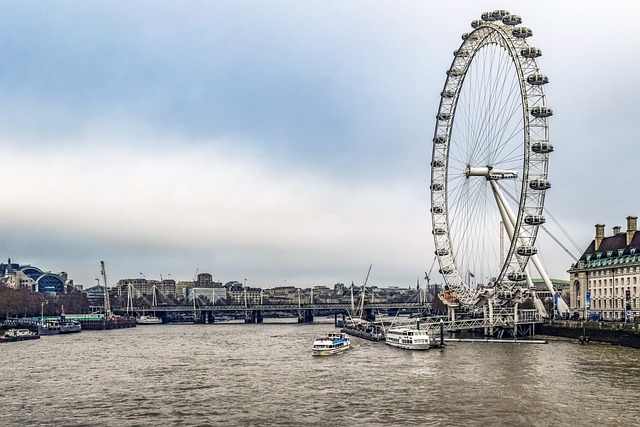
Uncovering The Story Behind The Architecture
Restoring houses has long been a British obsession, whether it’s a Sunday DIY job or a grand design project. Restoring houses can offer great satisfaction, either you’re bringing a building back to life, or you’re creating the ideal living environment for your family.
In recent years there appears to have been a growing interest in the restoration of old buildings with historic significance, whether it’s a love of old architecture or the inspiration of recent television programmes such as Restoration with Griff Rhys Jones, or Restoration Man with George Clarke
( @georgeclarketv on Twitter), these buildings are being given a second chance at life.
Setting aside the issues of planning applications, finance, builders and all the challenges that go with restoring an old building, I want to highlight the value and importance of knowing the history of the building that’s being restored.
Insights
The history of houses can give great insight into the original purposes of the building, the changes that have occurred over time, but most importantly it is the stories of the people who lived in the house or worked in the building that gives enormous perspective on its value.
Ultimately, buildings offer a window (no pun intended) into the lives of people that have gone before. Whether it’s a timber framed cottage, a church, a warehouse or a stately home, the history that lies hidden behind the physical aspects of the building can offer you so much more when undertaking a restoration.
The Story
Perhaps it’s a story of a working class family during the industrial revolution, perhaps it’s the story of a local community and their attachment to a church, or perhaps it’s the story of the local landowners whose family have lived in the area for centuries.
You may be surprised at how knowing the history of the house can offer an emotional link that creates a stronger bond with the old building that you’re restoring.
Emotions
There is an inherent emotional bond that we have with our homes and adding the knowledge of the past attached to the house can be invaluable. Think about how you feel about the first home you bought with your partner, the house where you brought up your children, or even your grandmother’s house.
Adding the historic elements attached to the house can create an even stronger emotional link with the bricks and mortar.
Along with the emotional link created by knowing more about the history of your house, there is also the practical. You may be able to uncover more about how the house used to look, how it was built, when it was built and in what style it was constructed. Knowing about the period the house was constructed can give insight into the materials and styles that are original to the building and those that have perhaps been added later.
It Began As….?
Its history can also offer information on why it was built the way it was. Was it originally a toll house or a vicarage, perhaps it was an industrial building or a chapel and has now been converted into residential? There are so many opportunities to uncover the stories behind the physical building that faces you today.



